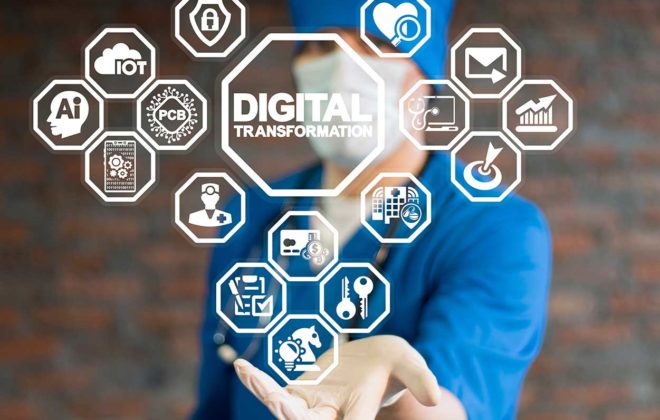The Role of Technology in Managing Epidemics in Hospitals
Ebola. Dengue. Yellow fever. Zika. Despite all the advances in medicinal sciences, the world is reeling under a host of health threats year after year.
The era of rapid global change is a major reason for the transmission of these diseases. The unprecedented levels of urbanization, an exponential increase in transport and international travel, greater inter-connectivity between megacities and increased trade among countries as well as greater migration– are all causes of infectious disease transmission.
While the pace of globalization cannot (and should not) be curtailed, what we can do, is embrace the world of technology to manage epidemics and leverage the capabilities to prepare for the next outbreak.
Here’s how hospitals can use technology to manage epidemics in hospitals:
Crisis management: In the event of an epidemic, the first response for hospitals would be to put crisis management practices in place. Alarms and notifications can be generated to alert hospital staff about the disease while notifying them about the best course of action. Crisis and incident management platforms can be used to manage response, recovery, and restoration actions in response to an epidemic. Through traceable, multimodal crisis communications – both within and beyond the hospital setting – the platforms can make use of virtual command and control centers to carry out vulnerability assessment, plan for training/exercising, workforce scheduling, and resource tracking to contain the epidemic as soon as possible.
Communication: When an epidemic strike, after the necessary crisis management policies have been put in place, hospitals also need to drive efficient communication. Clear messaging to the staff, resident patients, as well as the population, is extremely important to ensure they are informed of the outbreak and alerted about the impact. Communication through the hospital’s communication system, clinical communication and collaboration systems, SMS texts, instant messaging and chatapplications are great ways to educate people and remind them to use appropriate precautions to avoid contracting the virus. These technological systems also play a major role in coordinating emergency activities with clinicians and staff, so everyone at risk can make informed decisions, mitigate the effects of the outbreak while taking preventive action.
Training: During any epidemic, it is also extremely important for health workers to know the best actions to take. With wearables proving extremely useful in tracking the physical progression and spread of a disease, the data from wearables can help staff in making the right healthcare decisions. Technological improvements in mobile computing can be leveraged to train staff in the field; mobile tools can quickly deliver standardized training to staff and be updated in real-time as and when new procedures are validated. Staff can be provided with instructions and directed to take the best possible measures to contain the epidemic and restrict its blowout.
Real-time monitoring: In case of an epidemic, it is also extremely vital to use technology to monitor the disease and provide a clear picture of the outbreak. GIS mapping, for example, can capture real-time data to create a picture around a specific disease, to track and better combat the virus. Real-time monitoring systems built with BI, predictive algorithms, complex-event processing models, and advanced visualization capabilities can track users who have been in proximity to a known carrier and enable staff to quarantine them as soon as possible. These systems can be used to track the location of identified assets or people within the confines of the healthcare facility while sending wireless communication over radio frequency for immediate action. Dashboards that collect, synthesize, and contextualize real-time data can also be used as decision management tools to effectively manage the epidemic.
Forecasting:Given the repercussions of an epidemic, it is also important for healthcare organizations to drive efforts in forecasting the advent of disease. It can drive policy and epidemic management decisions and allow hospitals to develop and administer effective measures to counter recurrent and emerging outbreaks of infectious diseases. Decision-making under such circumstances can greatly be enhanced by using appropriate machine learning and analytics tools to model and predict the occurrence of infectious diseases. Such analyses can help in anticipating resource requirements, improving situational awareness, monitoring control efforts. In fact, it can guide decision-making and allow clinical staff to contain public health crises in more effective ways.
Make the world a safer place
Technology today is not just aiding organizations to build better mobile devices, futuristic apps, and cutting-edge websites, but it is also helping the world fight a much bigger cause – epidemics. Although technology cannot stop an epidemic from occurring, it can be used to educate, caution and empower clinicians and the public to take the right course of action, and significantly reduce the impact of a disease outbreak. From crisis management and timely communication to training, real-time monitoring, and epidemic forecasting – there’s a lot that technology can do to manage epidemics, and make the world a safer place to live in.




